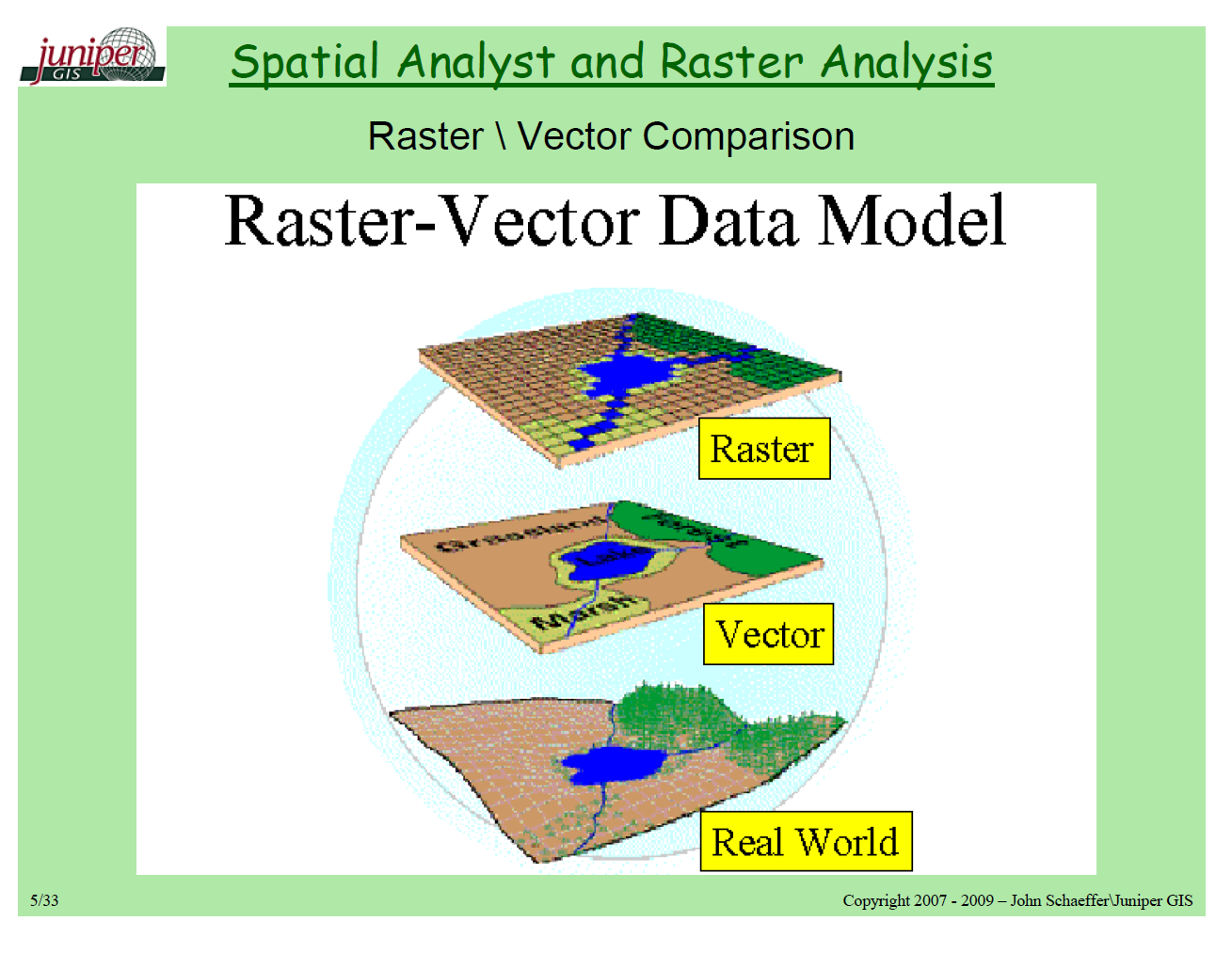

Underlying calculations determine the number of intersections occurring when drawing lines between entities and points outwith the polygon boundary ( Figure 5). Conducting an overlay with vector data may seem theoretically simple but it is operationally complex.

Overlaid features can be combined using Boolean logic to get all overlaying features (union) ( Figure 2), only features that are spatially coincidental (intersection) ( Figure 3), and only features that are not spatially coincidental (symmetrical Difference) ( Figure 4). Overlay analysis, in a vector model, is a process of placing a point, line or polygon on top of another map layer. The red line is drawn using straight line, or Euclidean distance. However, built in resolution levels can mask geographical details, leading to underestimated results.įigure 1 – The blue line illustrates a line drawn using Manhattan distance.

Area can be calculated by adding together the number of cells in a region, then multiplying by the resolution. In addition, raster structure allows distances to be calculated from one cell to all other cells, a process called proximity. However, distance can also be calculated using Manhattan distance, following the length of the path only using cell side lines, illustrated in Figure 1. Distance calculations use Euclidean distance, adding the number of cells in a straight line together and multiplying by the resolution. Raster distance and area calculations are simple and quick to run. Such calculations only need to be run once, with information being stored in attributable tables. Coordinates give vector data precision and high positional accuracy, creating distance and area calculations with veracity. Area is calculated using geometry, and is computed by splitting polygons into smaller, less complicated shapes, enabling swift and efficient calculation. Vector models calculate Euclidean distance of lines and perimeters using Pythagorean theory (Heywood et al., 2011), based on explicit coordinate locations for each node. However, any comparison between models should be made based on utility.ĭifferences between the models become apparent when conducting fundamental spatial operations. Within current literature there is debate about the utility of vector compared with that of raster, with some asserting that vector’s accuracy is superior, and more appealing because its graphic similarity to paper maps. Vector models are stored through individual entities in the form of points, lines, and polygons, with raster comprising grid cells of a predefined resolution. There are two main types of data models available to GIS: vector and raster.


 0 kommentar(er)
0 kommentar(er)
